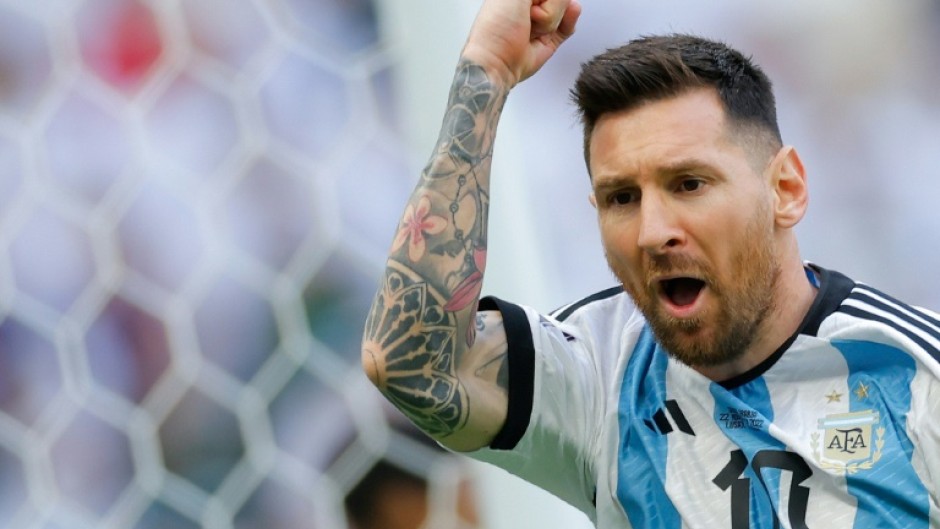
Global revenues for women's elite sport are on track to top $2 billion in 2025, with commercial appeal at an all-time high, according to financial experts Deloitte.The company said Tuesday that the combination of matchday, commercial and broadcast income would push revenues to $2.35 billion (2.15 billion euros) worldwide, up from $1.88 billion in 2024.That would represent a 240 percent rise in four years. Deloitte valued the 2022 market at $692 million.Jennifer Haskel of the Deloitte Sports Business Group said: "The commercial appeal of women's sports and its athletes has never been higher, as the sector continues to shine on the global stage."She added: "The growth of women's sport has continued to exceed expectations as various competitions, leagues, clubs and athletes generate significant returns despite limited resources."Crucially, the industry is moving beyond short-sighted metrics to focus on evolving structures and legacy programmes through enhanced investment and bold action."The two highest revenue-generating sports are basketball and football.Deloitte said the 2025 Women's...


